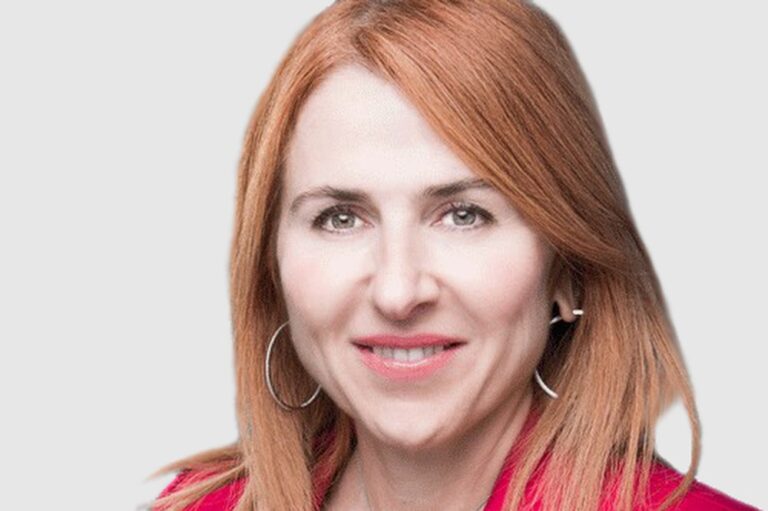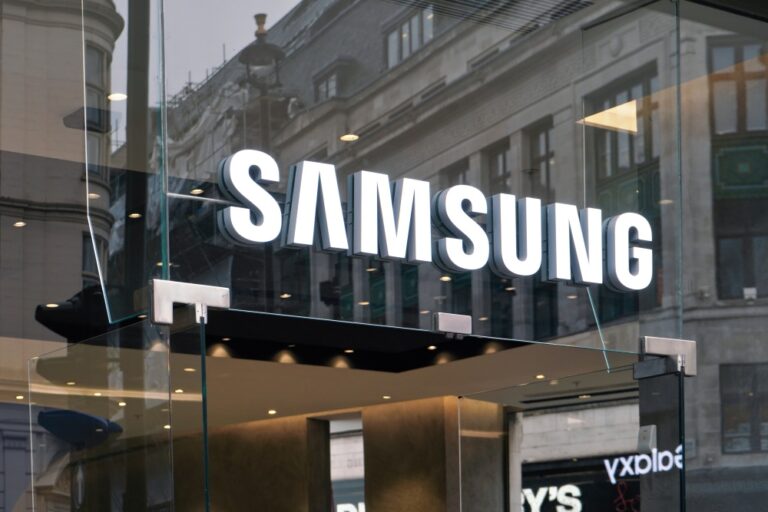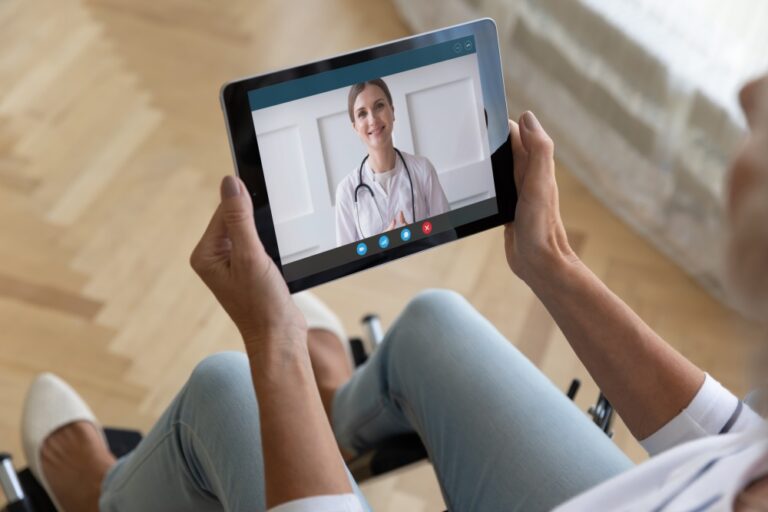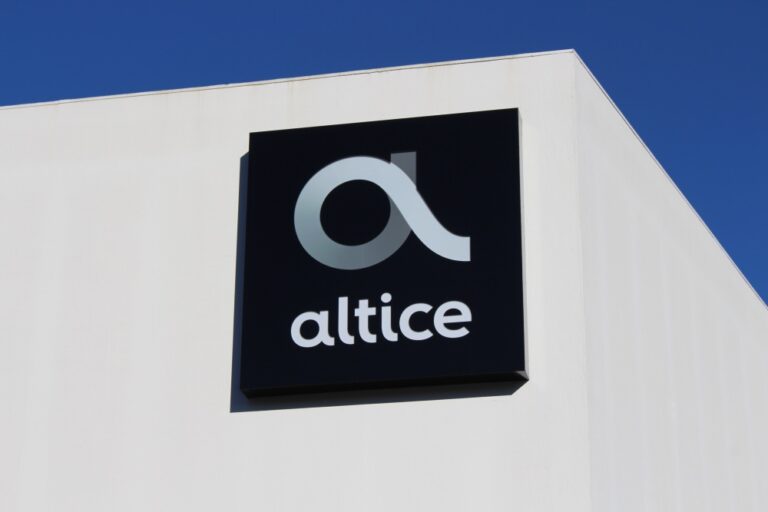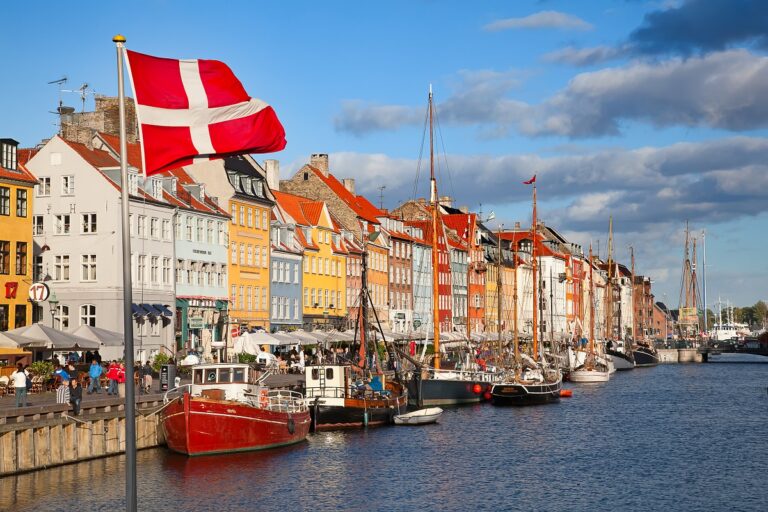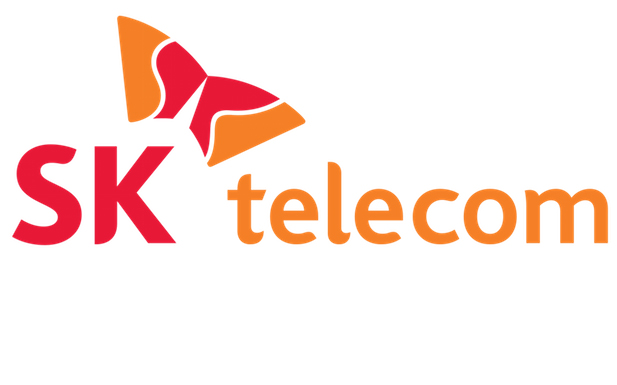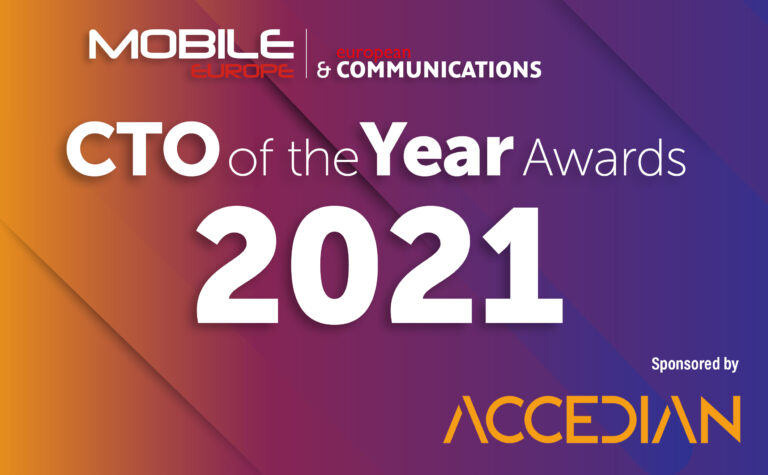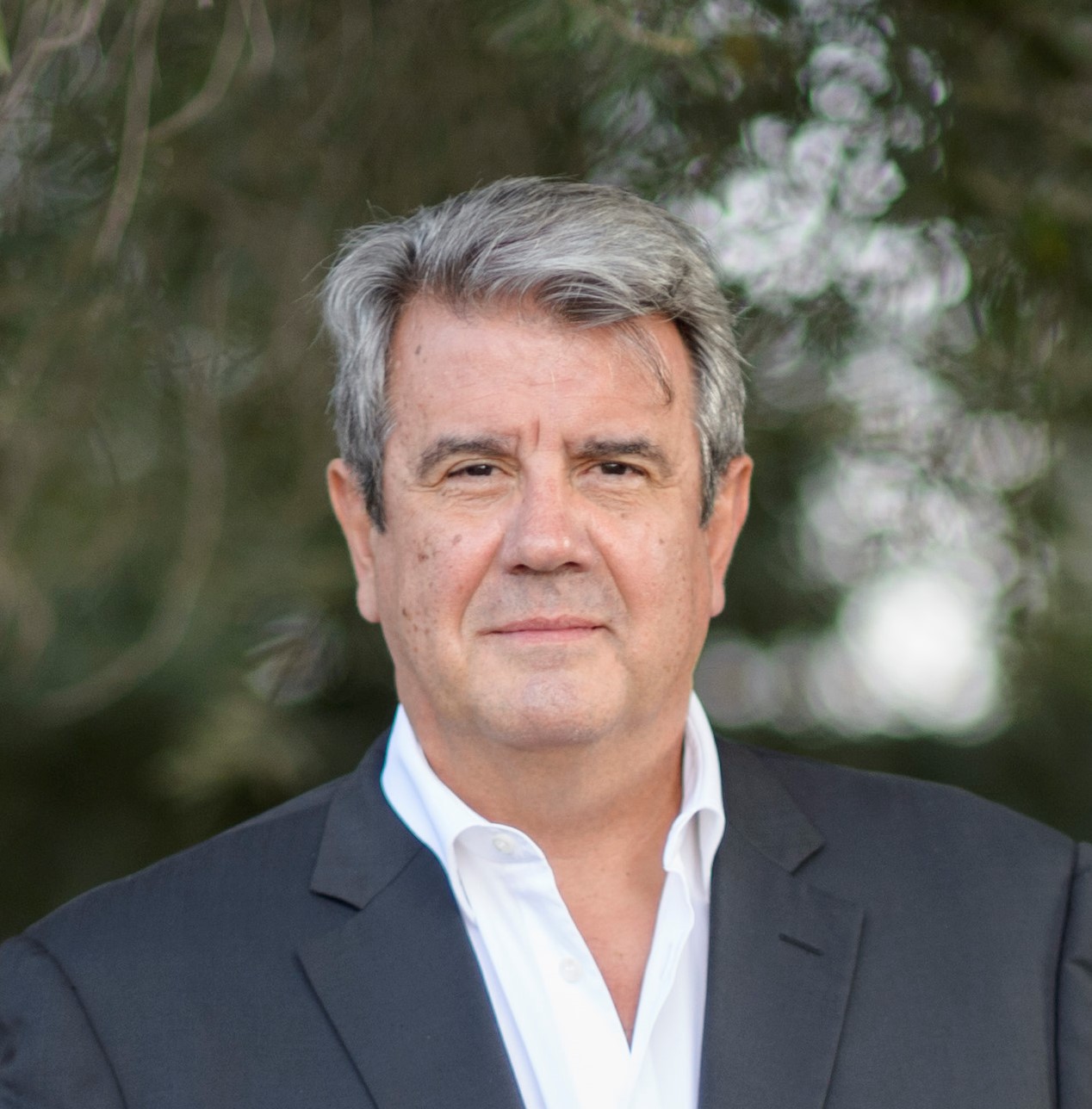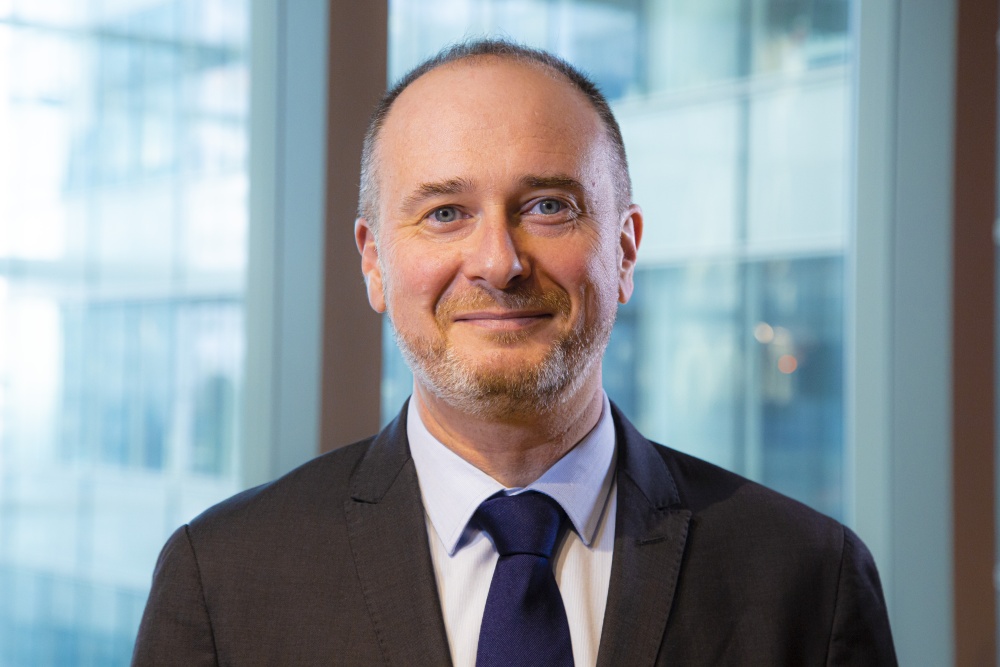Samsung Electronics’ big European break: the operator group named the Korean firm alongside Dell, NEC, Wind River, Capgemini Engineering and Keysight Technologies.
Vodafone said it would work with these strategic partners to jointly deliver the first commercial deployment of Open Radio Access Network (RAN) in Europe. “The company believes the move will spark other large-scale Open RAN launches and spearhead the next wave of digital transformation across Europe,” it said in a statement.
Vodafone has signed an MoU with Deutsche Telekom, Orange, Telefonica and TIM to promote Open RAN and the five have published a technical priorities white paper.
Vodafone’s initial focus will be on the 2,500 sites in the UK that it committed to Open RAN in October 2020.
The operator claims the UK roll out will be “one of the largest deployments in the world,” and starts this year. The vendors will work with Vodafone to extend 4G and 5G coverage to more rural places across South West England and most of Wales, moving into urban areas in a later phase. Vodafone is also working to launch Open RAN in other countries in Europe and Africa.
Strategic choices
Samsung will be a reference RAN software provider, tasked with delivering an open and disaggregated network in the UK.
Samsung and NEC will supply Massive MIMO with Samsung and Evenstar radio units, which establish a signal between users’ smartphones or devices and the mobile mast.
Evenstar radios are part of a joint effort between Facebook and Vodafone to create white-box radio units within the Telecom Infra Project (TIP) and are a key component of Open RAN.
Evenstar will provide vendors with detailed specifications needed to develop compatible radio units much more cheaply and are designed to encourage new players to the market to boost the ecosystem and stimulate innovation.
In its COTS infancy
The initial deployments will be implemented using commercial off the shelf (COTS) Dell EMC PowerEdge servers to support the combined distributed unit/centralized unit (DU/CU) function running Containers as a Service (CaaS) software from Wind River Studio.
This will provide a distributed cloud-native platform hosting the Open RAN applications and virtualised RAN from Samsung, enabling Vodafone to mix, match and install new software releases and upgrades more easily.
Keysight Technologies will deliver its Open RAN test solution portfolio to support conformance, interoperability and E2E system testing. Capgemini Engineering will be the key partner to ensure interworking of the Open RAN multi-vendor ecosystem.
The O-RAN 7:2 split
The O-RAN Alliance specification for the 7-2x split, which defines the interface between the radio antenna and the baseband unit, will be used in the deployments, after test and simulations indicated it is the best option.
The resulting Open RAN network is expected to improve energy efficiency compared to traditional RAN products.
Andrea Dona, Chief Network Officer, Vodafone UK, said, “This is another major step forward in making OpenRAN a reality, and demonstrates our commitment to this ecosystem.
“With these new partners, 2,500 sites marked for deployment, and the Test and Integration Lab on our Newbury Technology campus, we’re making massive progress in establishing Open RAN as a key part of the telecommunications industry.
“This technology remains a critical component of our network strategy moving forward, and now we have these partners on board we can accelerate the development of OpenRAN and the supporting ecosystem.”
Programmable network
Johan Wibergh, Vodafone Chief Technology Officer, said, “Open RAN provides huge advantages for customers. Our network will become highly programmable and automated meaning we can release new features simultaneously across multiple sites, add or direct capacity more quickly, resolve outages instantly and provide businesses with on-demand connectivity.
“Open RAN is also reinvigorating our industry. It will boost the digital economy by stimulating greater tech innovation from a wider pool of vendors, bringing much needed diversity to the supply chain.”
Kevin Dallas, President and CEO of Wind River, said in a blog, “A key reason Vodafone selected Wind River was based on the fact that we are the only field experienced disaggregated cloud infrastructure supplier based on our work where we are deploying our Wind River Studio technology at scale in the US market with Verizon, and where we played an instrumental role in the world’s first successful end-to-end virtualized 5G data session.
“Together with an ecosystem of partner companies, we will validate and define the commercial blueprint for Vodafone’s future network deployment.”
Starting with a distributed cloud, Wind River Studio provides a production-grade Kubernetes cloud platform that runs on a very small footprint for managing edge cloud infrastructure: Studio compiles open-source technology to deploy and manage distributed networks.
Once a distributed cloud such as cloud RAN is deployed, Studio manages the distributed cloud system by consuming and processing data through machine-learning algorithms, to produce meaningful insights for decision-making.


